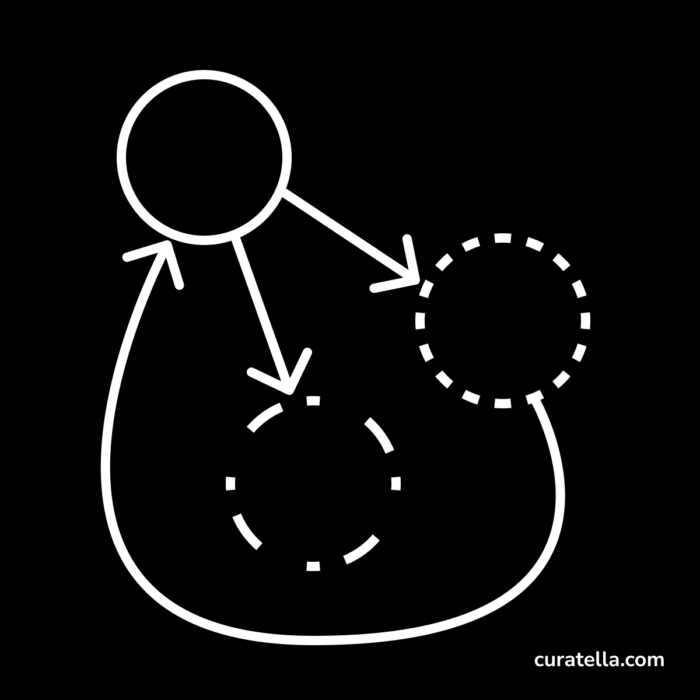As a design coach I work to ask questions, not to give answers. If I don’t educate my coachees to find their answers their own way I will fail. Still, I’m often asked for an opinion, what do I think? What’s the best course? What can be done? What should we do? And I am supposed to either guide my team to the right answer or to facilitate their way to it.
When I tend to cut it short and say what I think, straight to the point, I am going away from my coaching role and becoming more a leader consultant. If I have a long-term relationship with my team, after an important foundational period to get acquainted, fine-tuned and aligned, I position myself on the leading edge of the spectrum. It’s only when I reflect on my practice, I dedicate some alone time to consider the journey, the possible scenarios and the forces in the field that I step back and move again on my coaching role.
It’s not easy to balance multiple roles while working with the team. I find it useful listening carefully to each team member in a systematic quick review at the end of each coaching session. When I see most if not all of them aligned on the perspectives that I see without me pushing too much I understand we are making a good job, together.
And I also realize that I’ve reached a good balance as a designer, coach, leader and consultant.
When I am in this happy position I can keep myself from giving straight answers and, humbly, replying “I don’t know”. I am sure I won’t get them stuck because I will facilitate a discussion and a process through which we can explore possibilities and, if needed, set up experiments to discover possible answers and learn from them.
This requires more time, the feedback loop is longer, but together with providing more robust answer to my team I am also, and more importantly, educating them to work towards discovering the answers themselves.
When I can do that I feel satisfied as a member of a team growing towards their maturity and independence, also thanks to my contribution.
